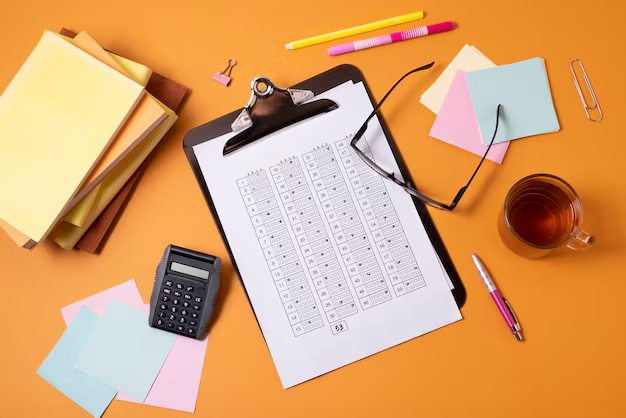If result is coded as sftvmu then exam

Decoding Coded Words: A Detailed Analysis of the Pattern
Coded language puzzles often test your ability to find hidden patterns or rules that transform words. In this exercise, we decoded the transformation of “Result” into “SFTVMU” and then applied the same logic to code the word “Exam.” Let’s expand on the process in greater detail, providing deeper insights and tips for solving similar puzzles.
Step 1: Breaking Down the Problem
- Given Information:
- Original Word: RESULT
- Coded Word: SFTVMU
- Task:
- Decode the transformation applied to each letter.
- Apply the identified pattern to the new word “Exam.”
Step 2: Explore Possible Patterns
When solving coded puzzles, there are several common transformations to consider:
- Shifting Letters Forward or Backward
Each letter may move a fixed number of steps forward or backward in the alphabet. - Changing Positions
The order of the letters may be rearranged (e.g., reversed or swapped). - Applying Mathematical Rules
Letter positions in the alphabet (A=1, B=2, etc.) may be manipulated using addition, subtraction, or other operations. - Combining Patterns
The code might involve a mix of the above strategies, making the puzzle more complex.
Step 3: Analyzing “Result” → “SFTVMU”
Using the alphabet shifting method, let’s examine how each letter in “Result” is transformed into “SFTVMU”:
| Letter in “RESULT” | Coded Letter in “SFTVMU” | Shift Applied |
|---|---|---|
| R | S | +1 |
| E | F | +1 |
| S | T | +1 |
| U | V | +1 |
| L | M | +1 |
| T | U | +1 |
Pattern Observed:
Each letter in the original word is shifted one step forward in the alphabetical order.
Step 4: Coding the Word “Exam”
We now apply the same +1 shifting pattern to the word “Exam”:
- E → F
The letter “E” becomes “F” after shifting one step forward. - X → Y
The letter “X” becomes “Y.” - A → B
The letter “A” becomes “B.” - M → N
The letter “M” becomes “N.”
Coded Word for “Exam”: FYBN
Step 5: General Tips for Solving Similar Puzzles
To solve such coding puzzles efficiently:
- Compare Letter Positions:
Map the positions of the letters in both the original and coded words using their alphabetical indices (e.g., A=1, Z=26). - Identify Repeating Patterns:
Look for consistent shifts, reversals, or other patterns applied across all letters. - Consider Letter Swaps:
Check if the letters are being swapped or rearranged in a specific sequence. - Test Hypotheses:
Apply different rules systematically to decode the pattern. - Practice Similar Problems:
The more puzzles you solve, the better you’ll get at spotting patterns.
Examples of Other Word Codings
Let’s explore how the same pattern (+1 shift) would transform additional words:
- “Code” → “DPFE”
- C → D
- O → P
- D → E
- E → F
- “Logic” → “MPHJD”
- L → M
- O → P
- G → H
- I → J
- C → D
- “Puzzle” → “QVAAMF”
- P → Q
- U → V
- Z → A (wrap around the alphabet)
- Z → A
- L → M
- E → F
Conclusion
If “Result” is coded as “SFTVMU,” then “Exam” is coded as “FYBN.” This puzzle demonstrates the importance of recognizing patterns and applying them systematically. By practicing and honing your logical reasoning skills, you can master similar puzzles and improve your problem-solving abilities.



